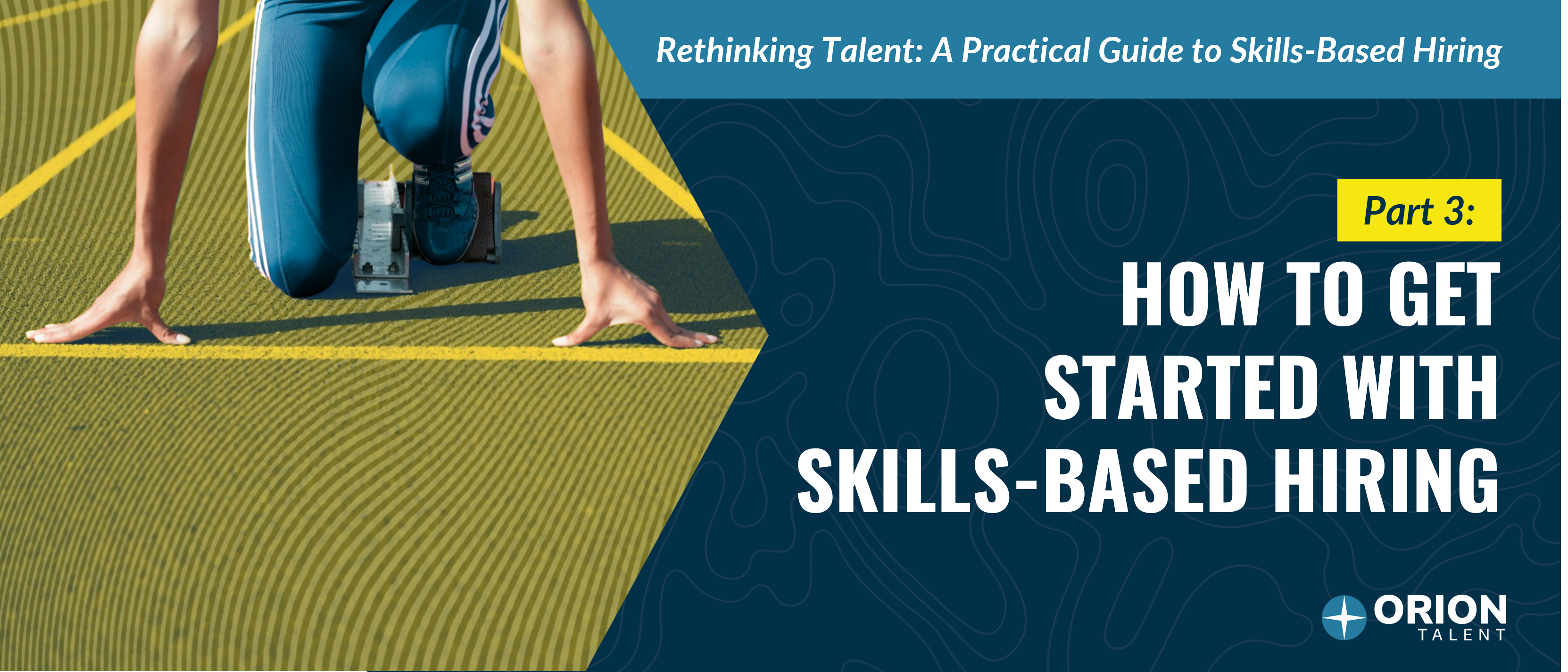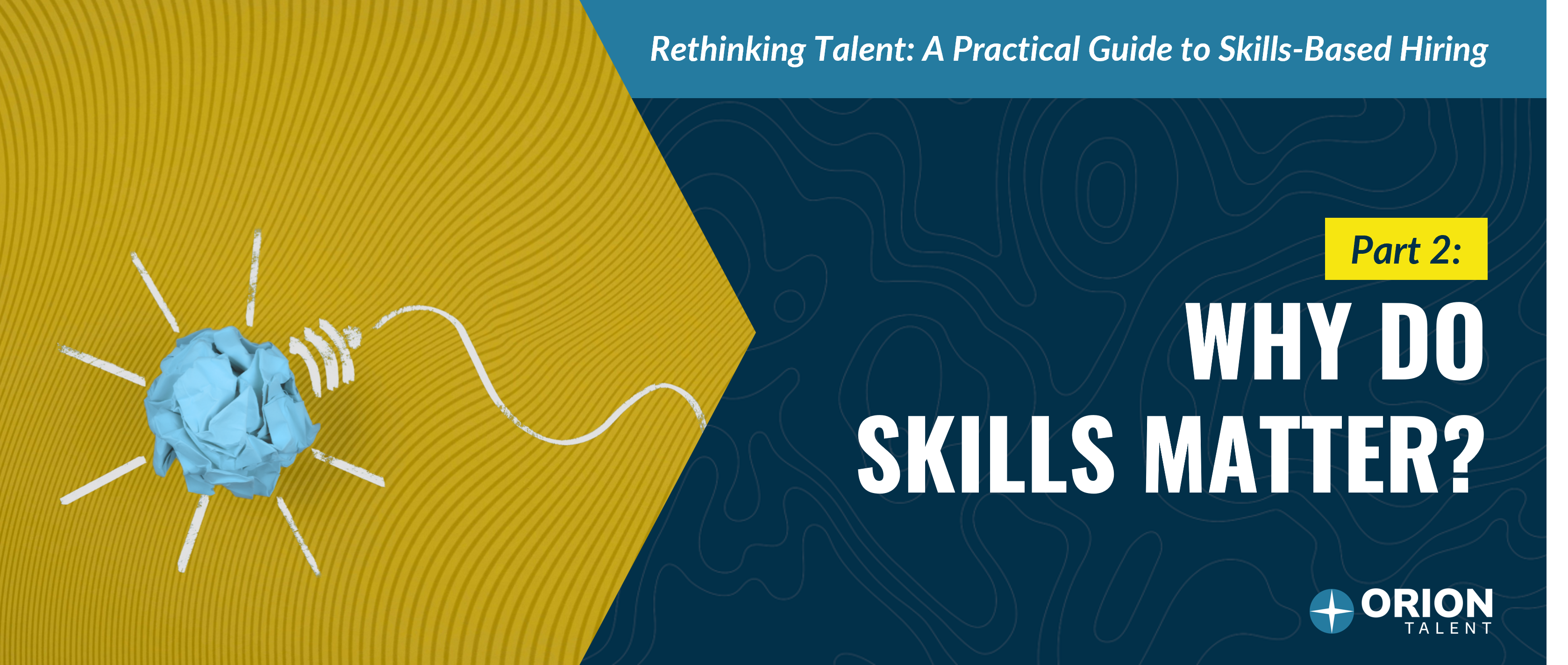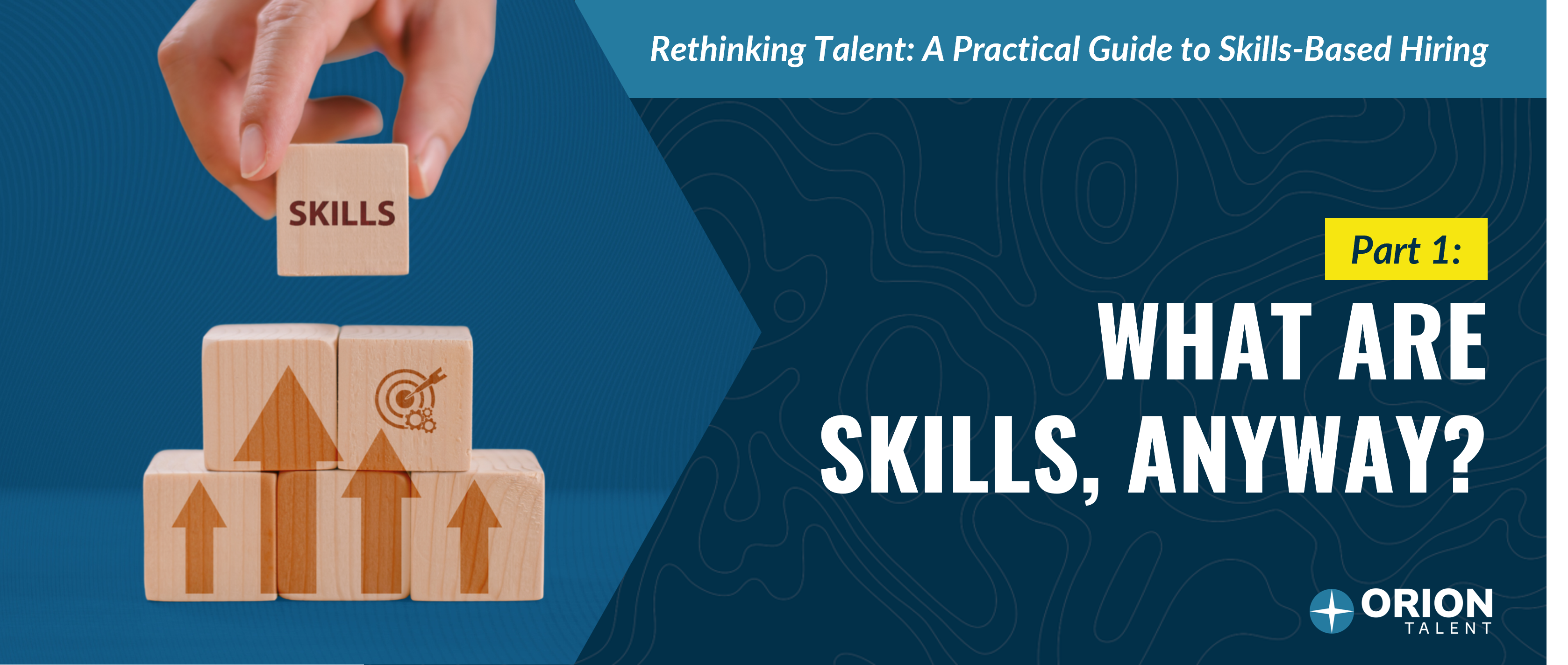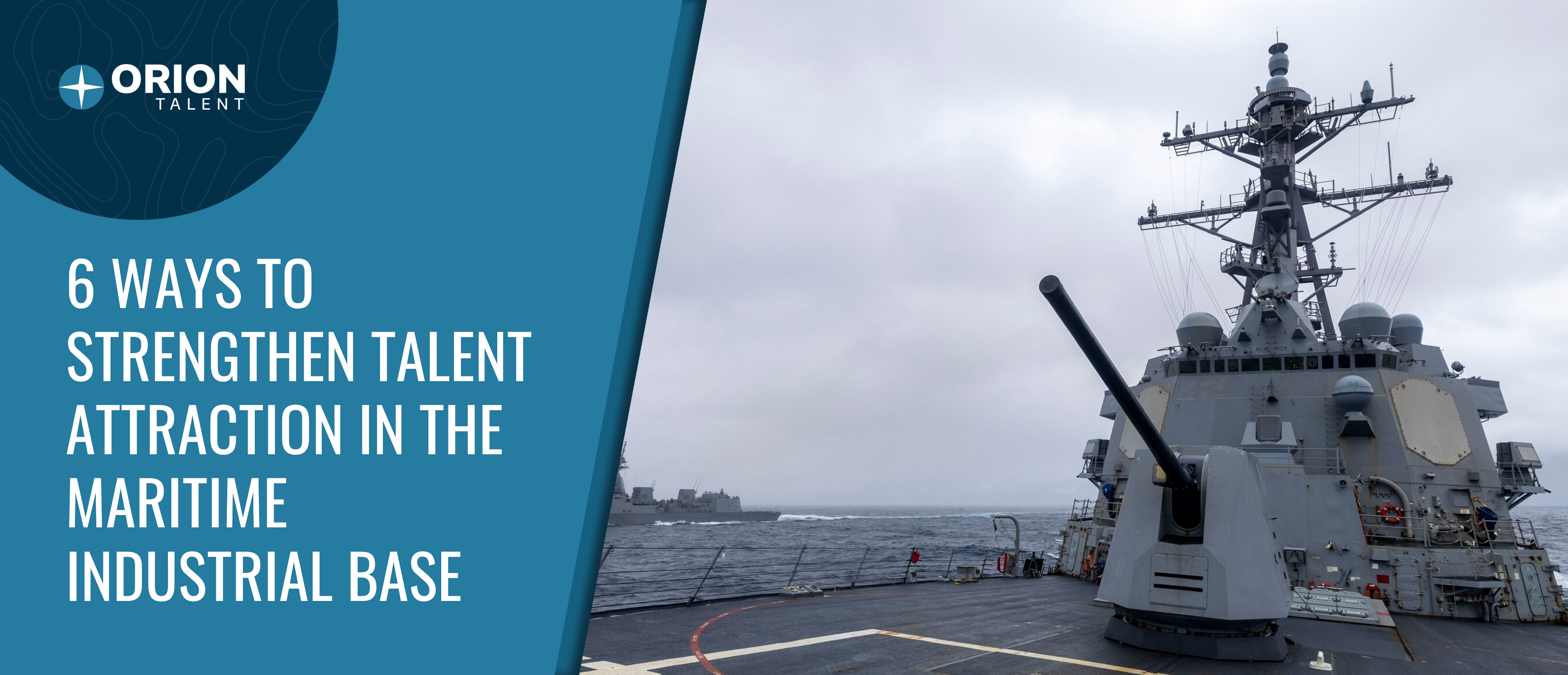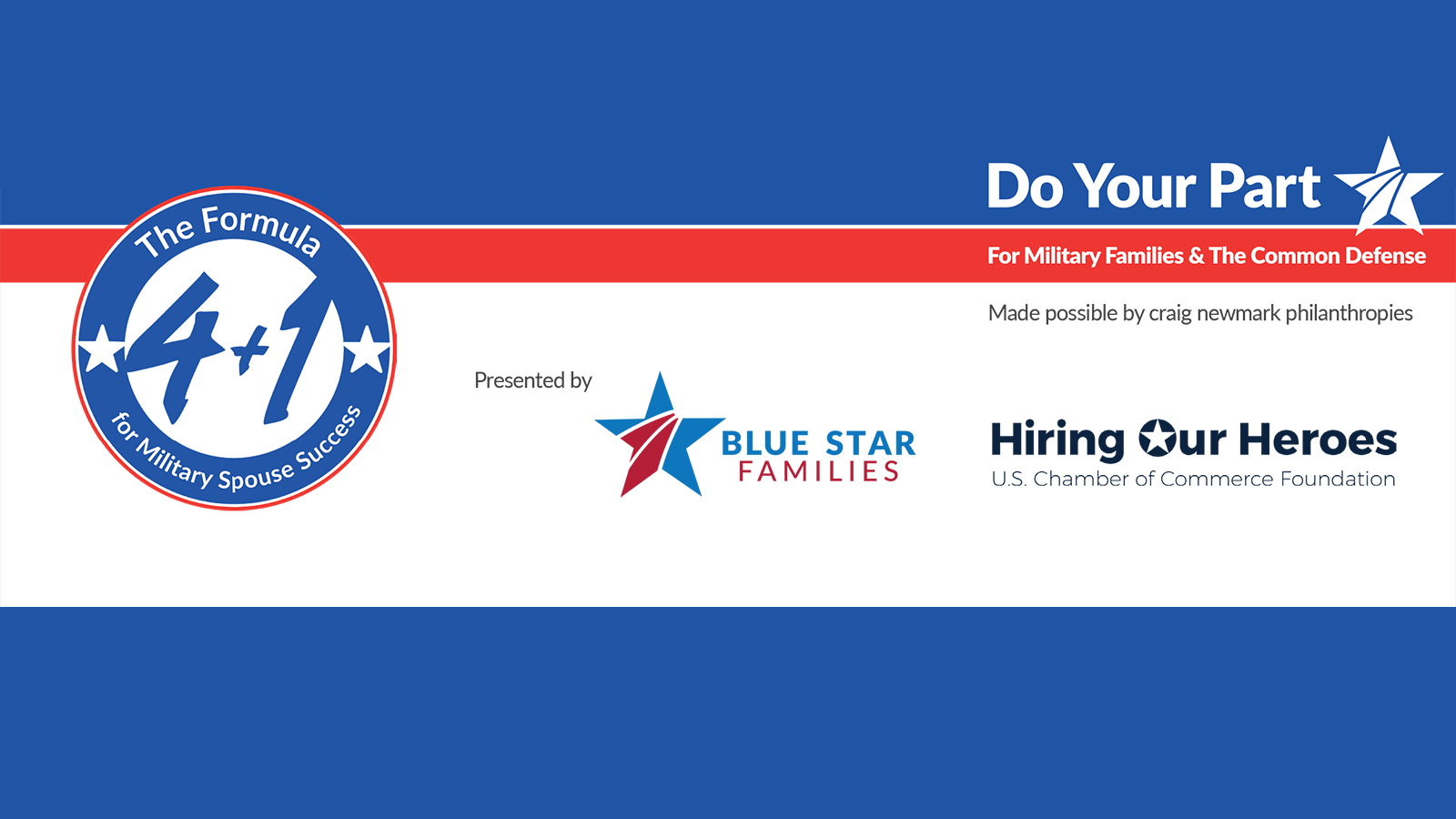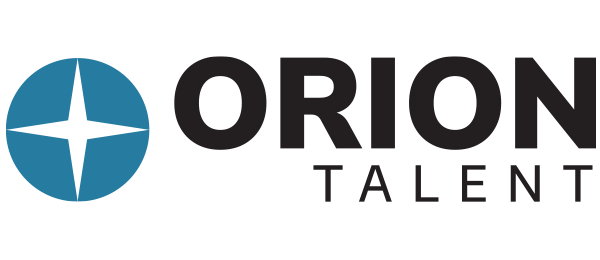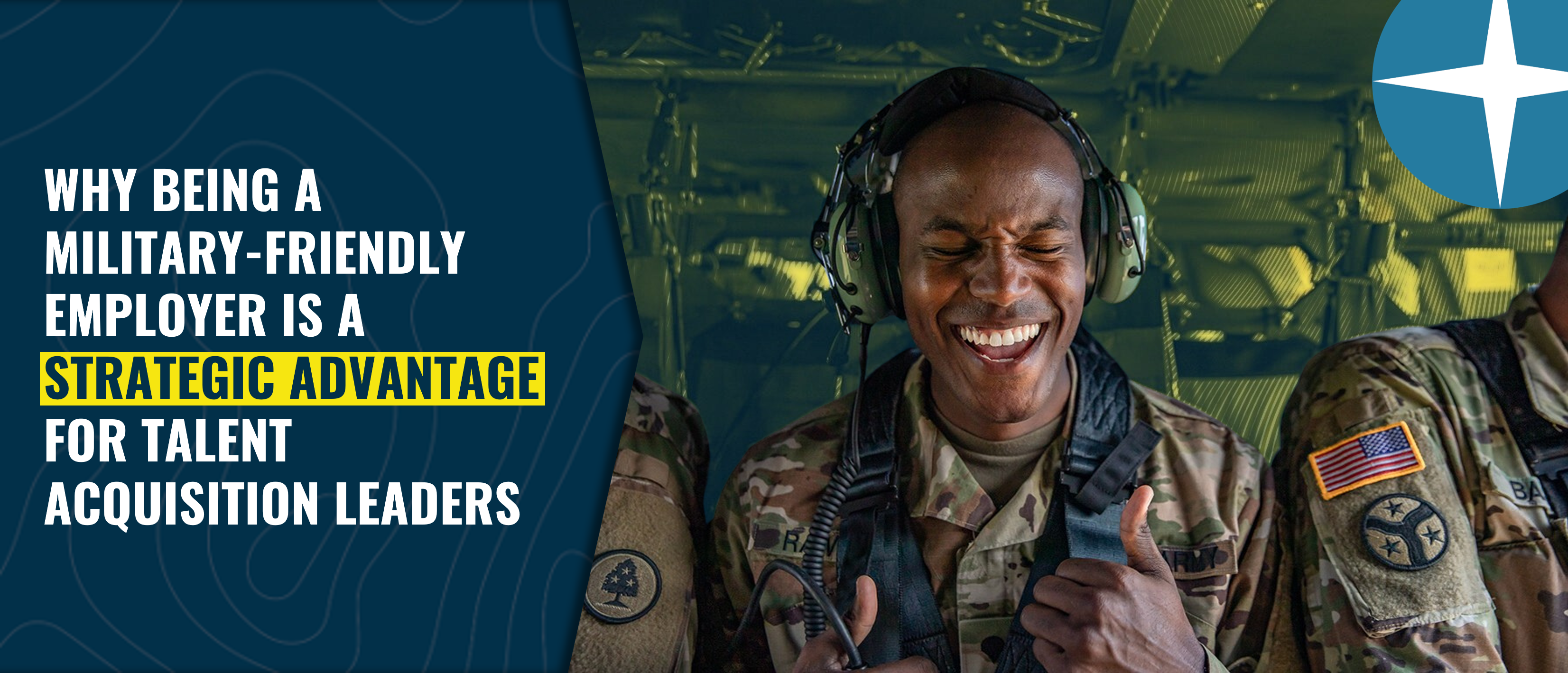
By: Diana Doro, VP, Business Development, Orion Talent
In a tight and unpredictable labor market, Talent Acquisition (TA) leaders are facing unprecedented pressure: deliver faster time-to-hire, reduce costs, and increase quality, without burning out your team or compromising on culture fit. Add to that rising candidate expectations around purpose, DEI, and flexibility, and the challenge becomes even more complex.
It’s time to start thinking differently about where and how we find talent. One of the most overlooked but high-impact strategies for smart, scalable hiring is becoming a military- and veteran-friendly employer.
This isn’t about checking a box. It’s about tapping into one of the most capable, values-driven, and underutilized segments of the workforce, and aligning your talent strategy with a deeper purpose.
Here’s why a military-friendly approach should be on every TA leader’s radar in 2025 and beyond.
1. A High-Caliber Talent Pool That’s Often Overlooked
Military veterans, transitioning service members, and military spouses bring a depth of experience that’s hard to replicate through traditional hiring pipelines.
They offer:
- Leadership in high-pressure environments
- Operational discipline and accountability
- Technical expertise, especially in IT, logistics, cybersecurity, and healthcare
- Problem-solving skills mastered in unpredictable and dynamic settings
- A strong mission-first and team-oriented mindset
These aren’t just soft skills, they’re business-critical capabilities. Yet despite this, many veterans are underemployed because their resumes don’t always "translate" neatly into civilian job specs.
For TA leaders, this presents a huge opportunity. When others pass over these candidates, you can build a pipeline others aren’t even looking at - one full of qualified, reliable professionals eager to contribute.
Pro tip: Start by reviewing your job descriptions for unnecessary barriers (like "must have corporate experience") that may unintentionally exclude veteran candidates.
2. Faster, More Efficient Hiring When You Need It Most
When talent teams are stretched thin, every hire matters, and speed matters even more. Veterans are often job-ready immediately upon transitioning out of service and are accustomed to rapidly adapting to new environments.
Because of their training, many veterans:
- Require less onboarding and ramp time
- Come with existing security clearances or credentials
- Can step confidently into leadership or operational roles
Military spouses, often overlooked due to frequent relocations, are also an agile, remote-ready segment of the workforce. With the rise of distributed teams, their mobility no longer has to be a barrier.
Bringing veterans and military families into your hiring mix can reduce your time-to-fill and cost-per-hire metrics, especially in high-volume or hard-to-fill roles.
Bonus: Programs like the Department of Defense’s SkillBridge initiative offer internship-style placements with transitioning service members at no cost to employers, making it easier to evaluate fit before hire.
3. Employer Branding That Resonates with Purpose-Driven Talent
Veteran-friendly practices don’t just attract veterans, they elevate your entire employer brand.
Today’s job seekers, especially Millennials and Gen Z, care about working for organizations that reflect purpose, values, and impact. When you support the military community, you demonstrate:
- A commitment to service
- A genuine approach to diversity and inclusion
- A supportive workplace culture grounded in respect
This creates a ripple effect. Candidates outside the military community are more likely to view your company as trustworthy, mission-aligned, and values-first.
Plus, veterans themselves are exceptionally loyal employees, with above-average retention rates. They’re less likely to job-hop and more likely to grow with your organization - an important consideration as turnover continues to be a major pain point in TA.
4. Access to Incentives, Partnerships, and Pipeline Programs
Hiring veterans isn’t just good for performance and culture, it can also bring tangible business benefits.
- The Work Opportunity Tax Credit (WOTC) offers up to $9,600 per qualifying veteran hire.
- Government programs like DOD SkillBridge and Hiring Our Heroes provide access to pre-vetted candidates.
- Veteran Service Organizations (VSOs), job boards, and career fairs make it easy to connect with talent across the country.
These tools help TA teams scale veteran hiring without reinventing the wheel, often at little or no cost. And by forming partnerships with trusted military-facing organizations, you extend your reach and credibility within the veteran community.
Quick win: Get listed on veteran employer registries and start partnering with local bases or military family support networks.
5. It’s the Right Thing to Do - and That Builds Long-Term Equity
Supporting those who have served goes beyond metrics, it’s a commitment to people who’ve sacrificed for something larger than themselves. Embracing veteran hiring isn't just a recruiting strategy, it’s an act of leadership.
Your employees, your customers, and your community will notice.
Whether it’s honoring Veterans Day in a meaningful way, providing mentorship and transition support, or ensuring benefits are accessible to military families, these efforts send a clear message: this is a company that walks the talk.
And that’s not just good for hiring. It’s good for culture, loyalty, brand reputation, and long-term employee engagement.
Final Thought: Veteran Hiring Isn’t Niche - It’s Next-Level
Talent leaders today can’t afford to ignore any edge. With traditional pipelines drying up and competition for skilled workers at an all-time high, the military community offers a powerful solution: diverse, driven, experienced talent that’s ready to make an impact.
Being a military-friendly employer isn’t a niche initiative. It’s a smart, scalable strategy that helps TA teams deliver on every front: speed, quality, brand, and inclusion.
If you're ready to move beyond the traditional playbook and build a stronger, more resilient workforce, start with the people who’ve already proven they can lead, adapt, and serve.
Need help with your veteran hiring strategy?
Let’s talk about how to build or scale your approach, from employer brand positioning to partnerships, sourcing, hiring, and internal enablement.
Archives
- December 2025
- November 2025
- October 2025
- September 2025
- August 2025
- July 2025
- June 2025
- May 2025
- April 2025
- March 2025
- February 2025
- October 2024
- May 2024
- March 2024
- February 2024
- January 2024
- December 2023
- November 2023
- October 2023
- September 2023
- August 2023
- July 2023
- June 2023
- May 2023
- April 2023
- March 2023
- February 2023
- January 2023
- December 2022
- November 2022
- October 2022
- September 2022
- August 2022
- July 2022
- June 2022
- May 2022
- April 2022
- March 2022
- February 2022
- January 2022
- December 2021
- November 2021
- October 2021
- September 2021
- August 2021
- July 2021
- June 2021
- May 2021
- April 2021
- March 2021
- February 2021
- January 2021
- December 2020
- November 2020
- October 2020
- September 2020
- August 2020
- July 2020
- June 2020
- May 2020
- April 2020
- March 2020
- February 2020
- January 2020
- December 2019
- November 2019
- October 2019
- September 2019
- August 2019
- July 2019
- June 2019
- May 2019
- April 2019
- March 2019
- February 2019
- January 2019
- December 2018
- November 2018
- October 2018
- September 2018
- August 2018
- July 2018
- June 2018
- May 2018
- April 2018
- March 2018
- February 2018
- January 2018
- December 2017
- November 2017
- October 2017
- September 2017
- August 2017
- July 2017
- June 2017
- May 2017
- March 2017
- February 2017
- January 2017
 RSS Feed
RSS Feed

